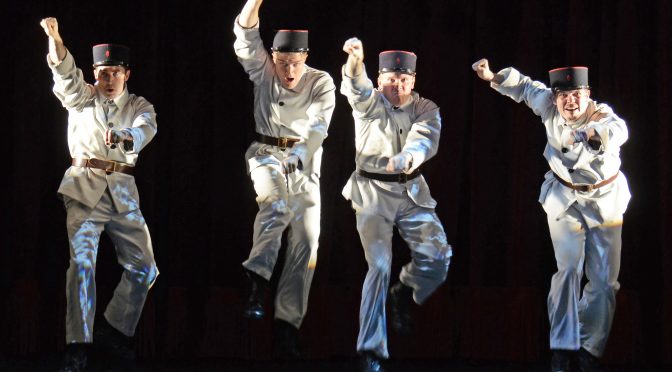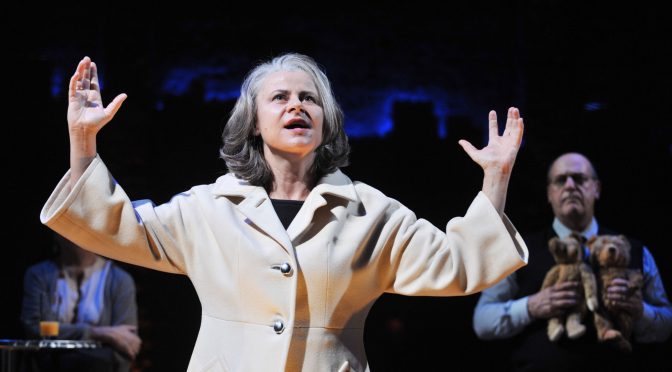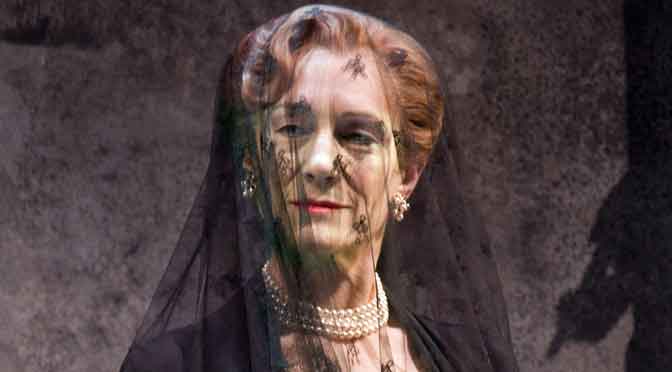The hundredth anniversary of the beginning of World War One is being embraced by the cultural community in many ways. Of all the projects planned the production of Oh What A Lovely War, which opened last night, is the one that should excite theatregoers most. Also marking the show’s fiftieth birthday, the legendary Joan Littlewood’s ‘musical entertainment’ returns to its first home, the Theatre Royal Stratford East, with a respectful new version directed by Terry Johnson.
I vividly remember every history student at my school being trooped off to our local cinema for a specially arranged showing of the 1969 film. All credit to my far-sighted teachers, even if Michael Gove would have disapproved (and well done for getting a mention of him in last night, guys). The concept – telling the story of the awful events of 1914-1918 through the words and music of the time, and adamantly focusing on the average soldier, rather than his officers – is both informative and inspirational. This theatrical method tells you more than any history lesson could and its power has not diminished.
Commitment to the show is clear from the excellent ensemble. The variety of roles, as well as accents, that they take on is remarkable. Both the singing and the choreography by Lynne Page are strong. It seems a little unfair to single anyone out but Shaun Prendergast is superb as the lead narrator, as well as a perfect Sergeant Major. And Caroline Quentin is great value; as a vaudeville star who will “make a man” of anyone joining up, and an impassioned peace protestor. Her Sister Susie’s Sewing Shirts is a real highlight – join in if you can.
Incredible as they seem, the events presented are facts, and make the evening a humbling experience. Johnson and his designer Lez Brotherston use technical advances developed since the show first appeared subtly, with a dot matrix sign displaying casualty figures and photographs projected on a grand scale. Both are given due reverence at key moments. There’s rich, vicious satire here, a shocking humour born from tragic events that still surprises. And there’s no room for timidity when dealing with this subject matter – credit that none is shown.
Until 15 March 2014
Photo by Nobby Clark
Written 12 February 2014 for The London Magazine



